When we were putting together the new Threatened Plants Species Guide with our friends from the Australian National Botanic Gardens, we were sent a couple of links to wonderful photos showing seed collection activities over time. As we looked through them we were struck by how important the work of the seed collector is – they trek many kilometres, are detectives as they look for rare plants, and often spend hours crouched over picking seeds up from often difficultly located plants.
We thought you might enjoy seeing some old and new seed collectors at work, and we offer our genuine thanks to those that take the time to care, find, collect, store and grow our seeds.
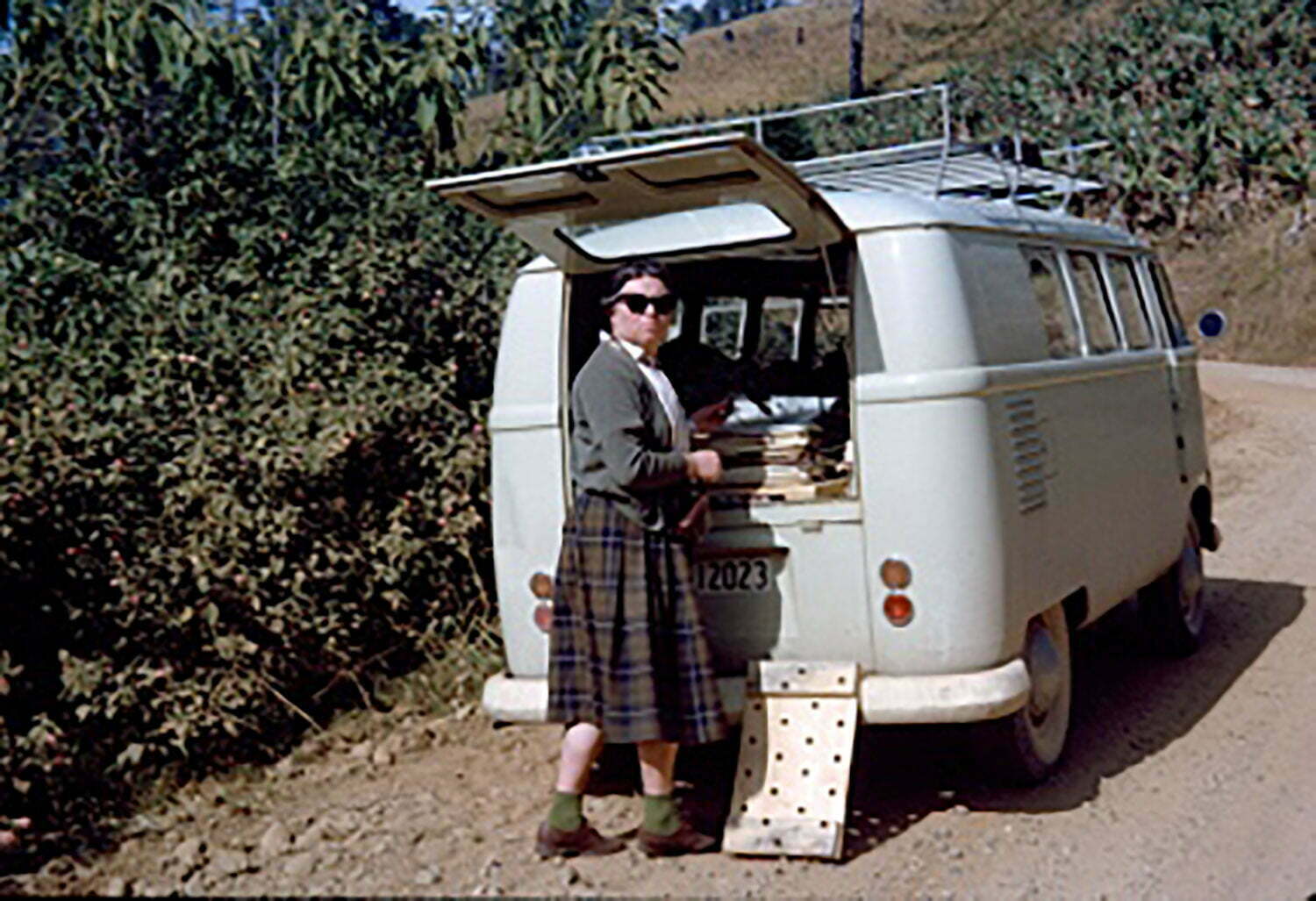
Volunteer with Kombi Van, 1963
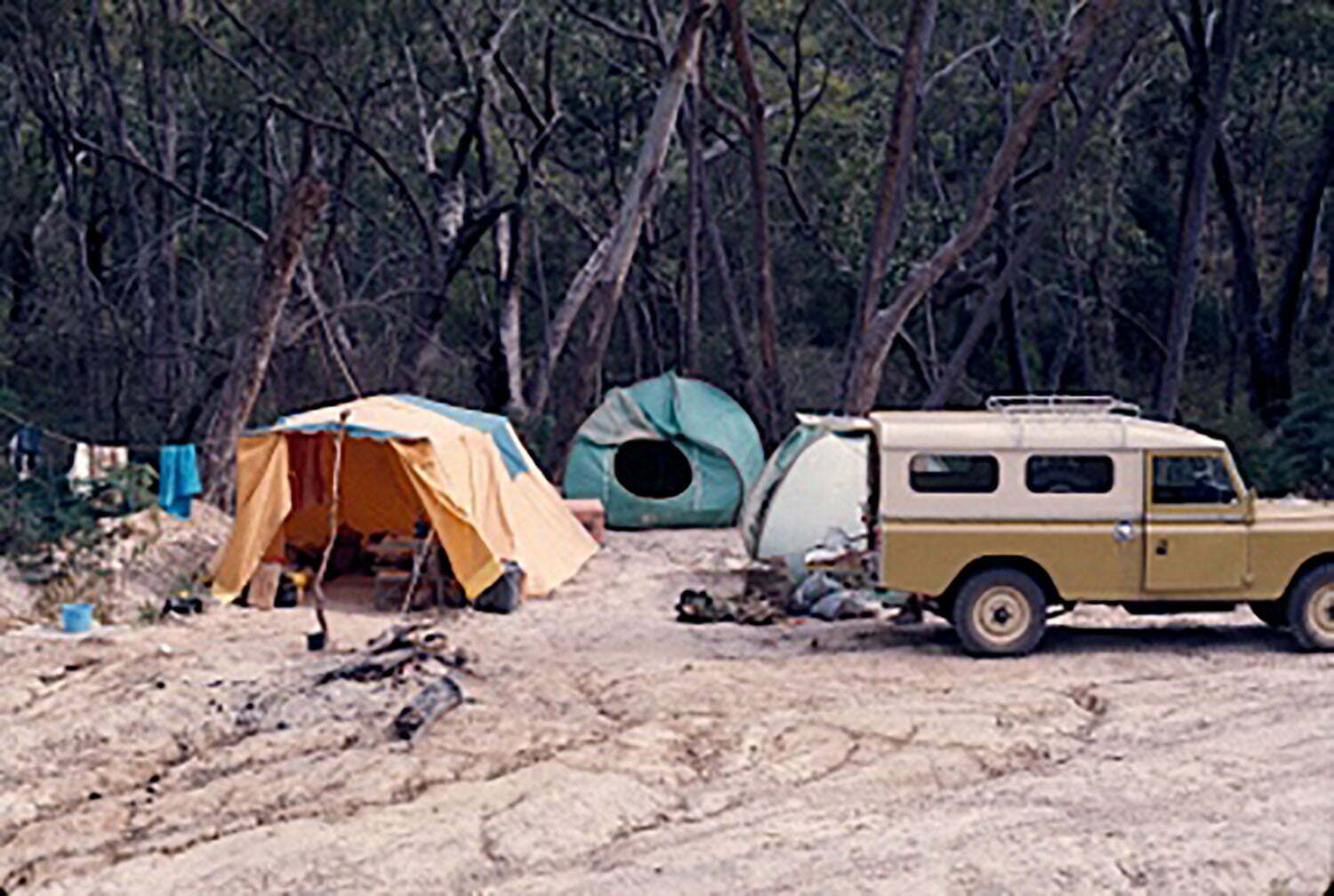
Collecting cryptogams (a plant that reproduces by spores) campsite in Grampians Field Visit, Vic 1975
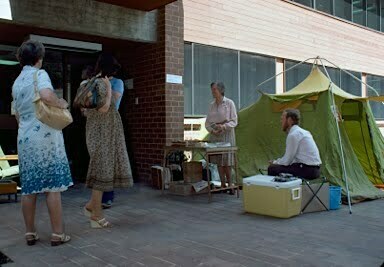
Open Day, celebrating 10th anniversary, field trip display, Botany Building, Australian National Botanic Gardens, ACT, 1980
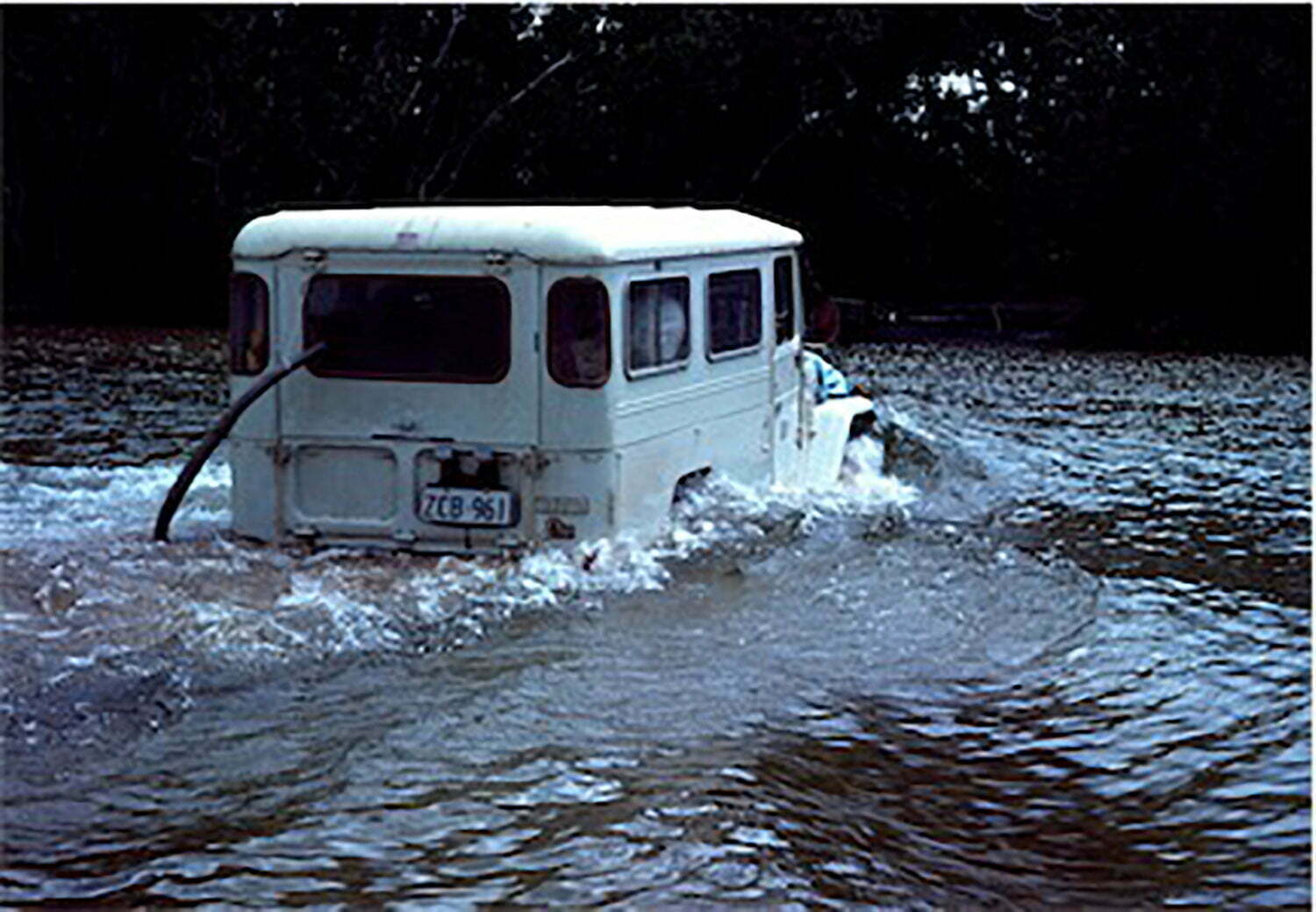
Crossing the Jardine River, Iron Range Field Trip, Qld
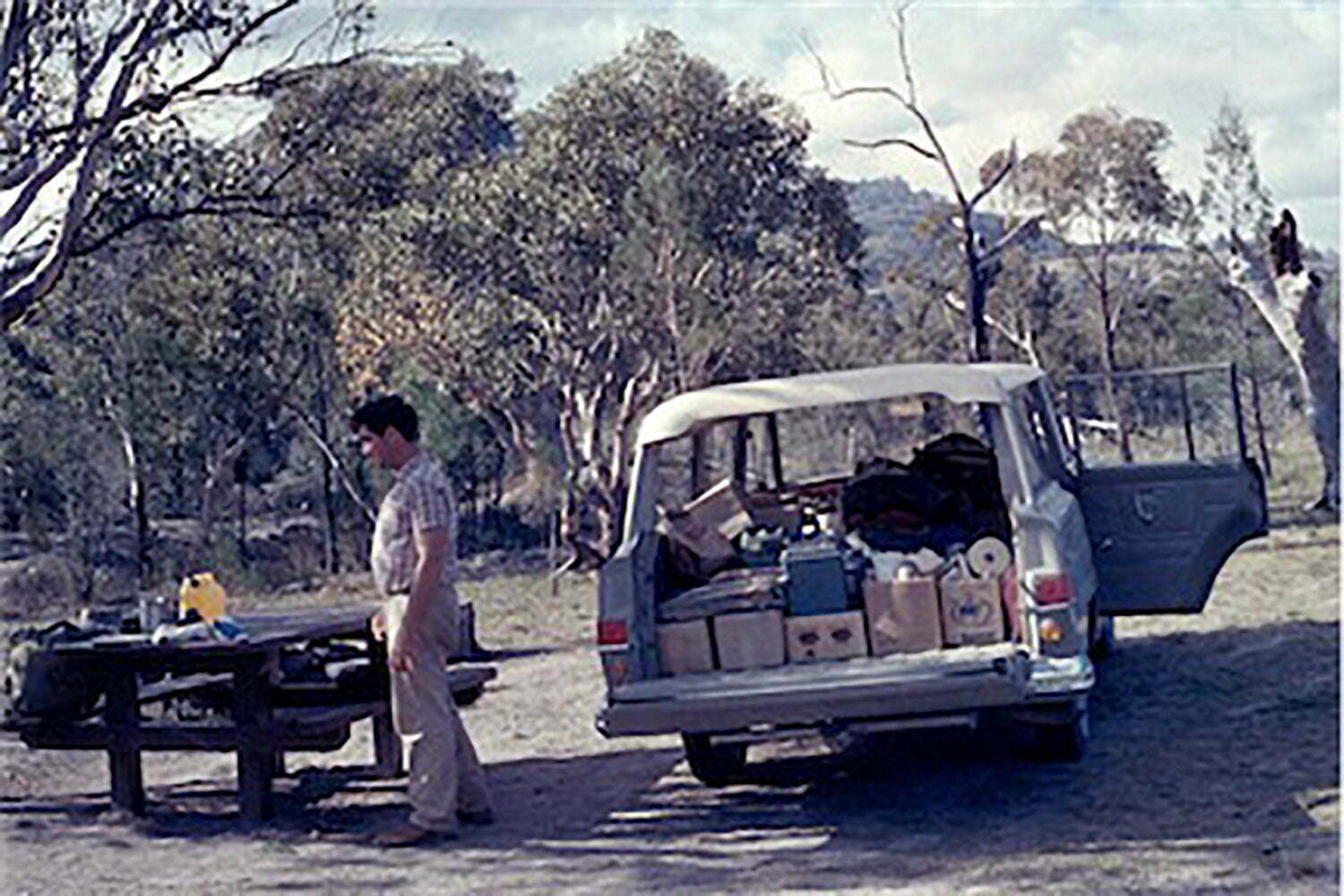
Girraween National Park Field visit, Qld, 1967
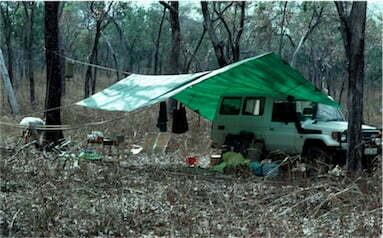
Field collecting camp at Possum Scrub, Cape York, Qld
The following photos, provided by the Australian National Botanic Gardens, are from present day activities – and, as with the ones from the archives, they feature people in lots of different locations caring for and collecting seed.
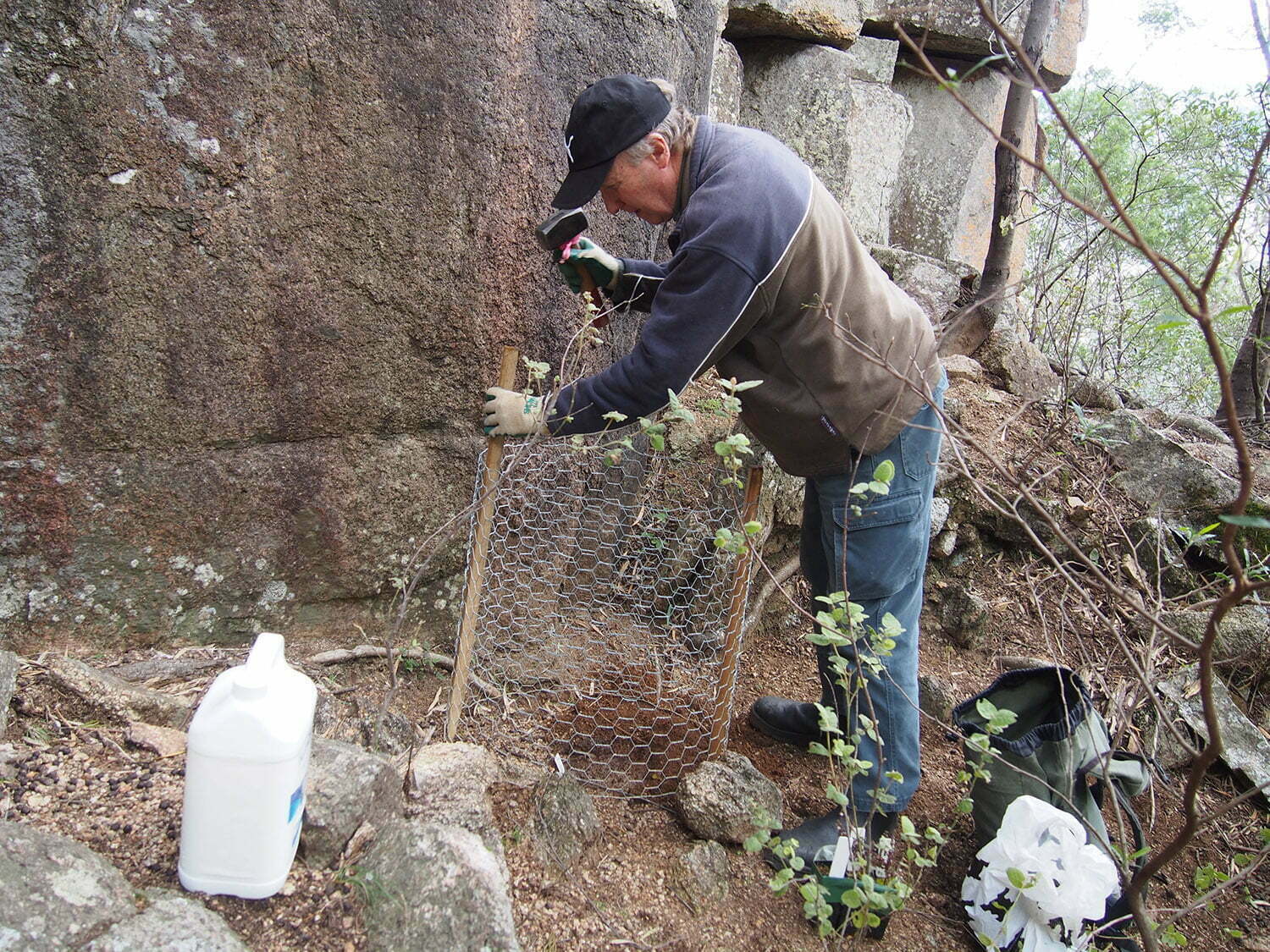
Araluen Zieria translocation in Araluen, NSW
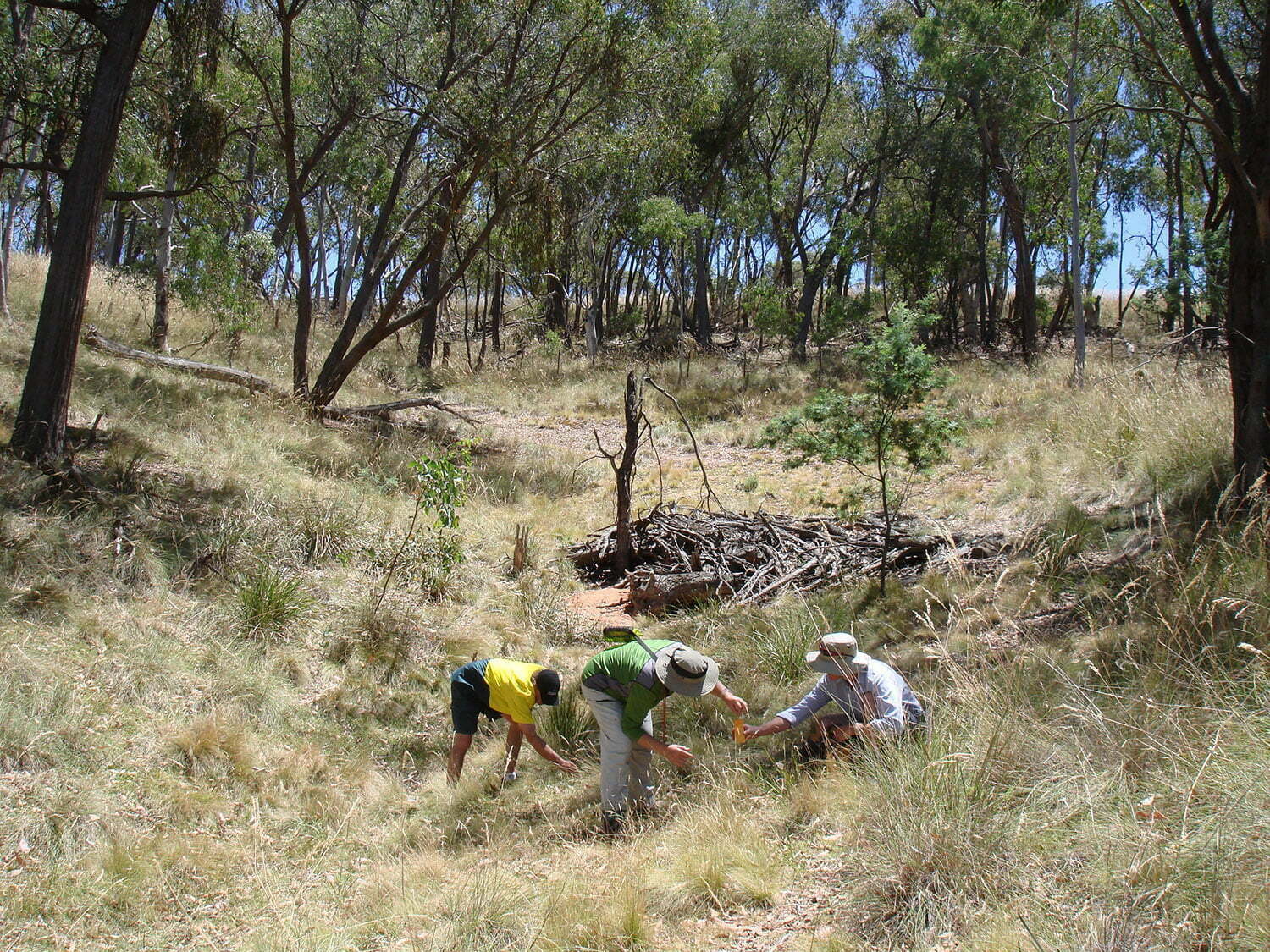
Seed collection in Gundaroo, NSW
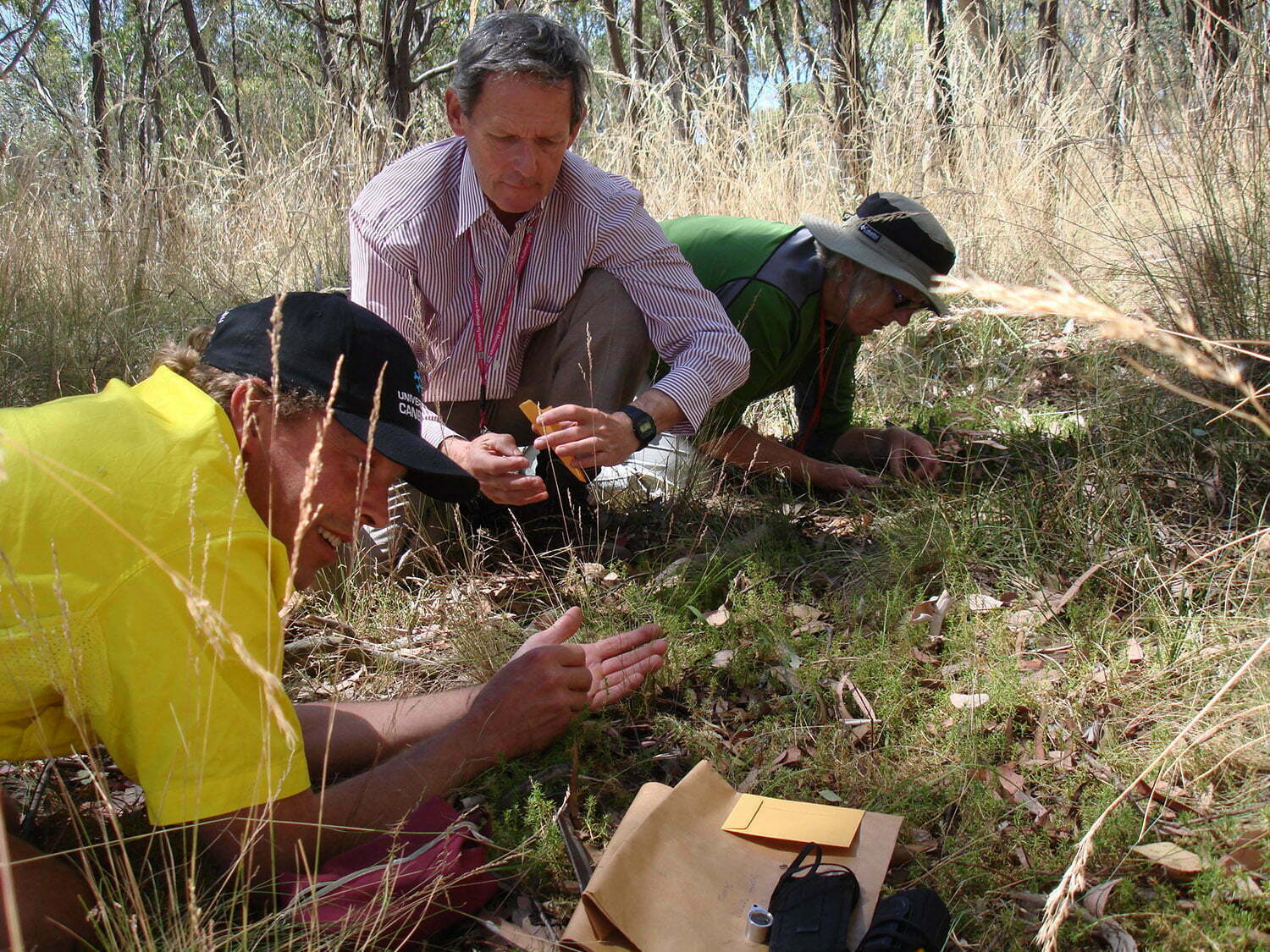
Getting down low to find seeds at Gundaroo, NSW
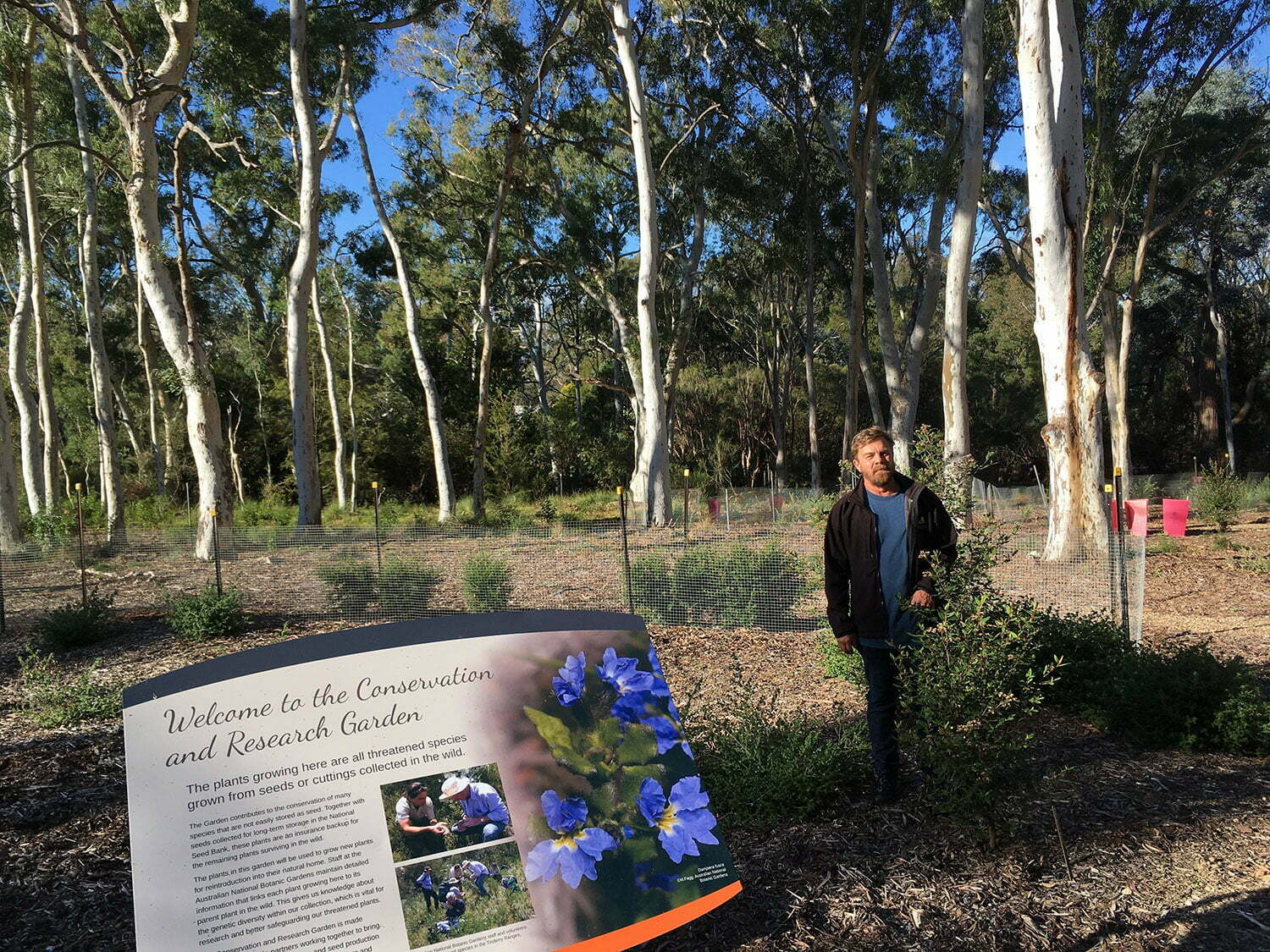
David Taylor in the new Conservation and Research Garden at the ANBG.
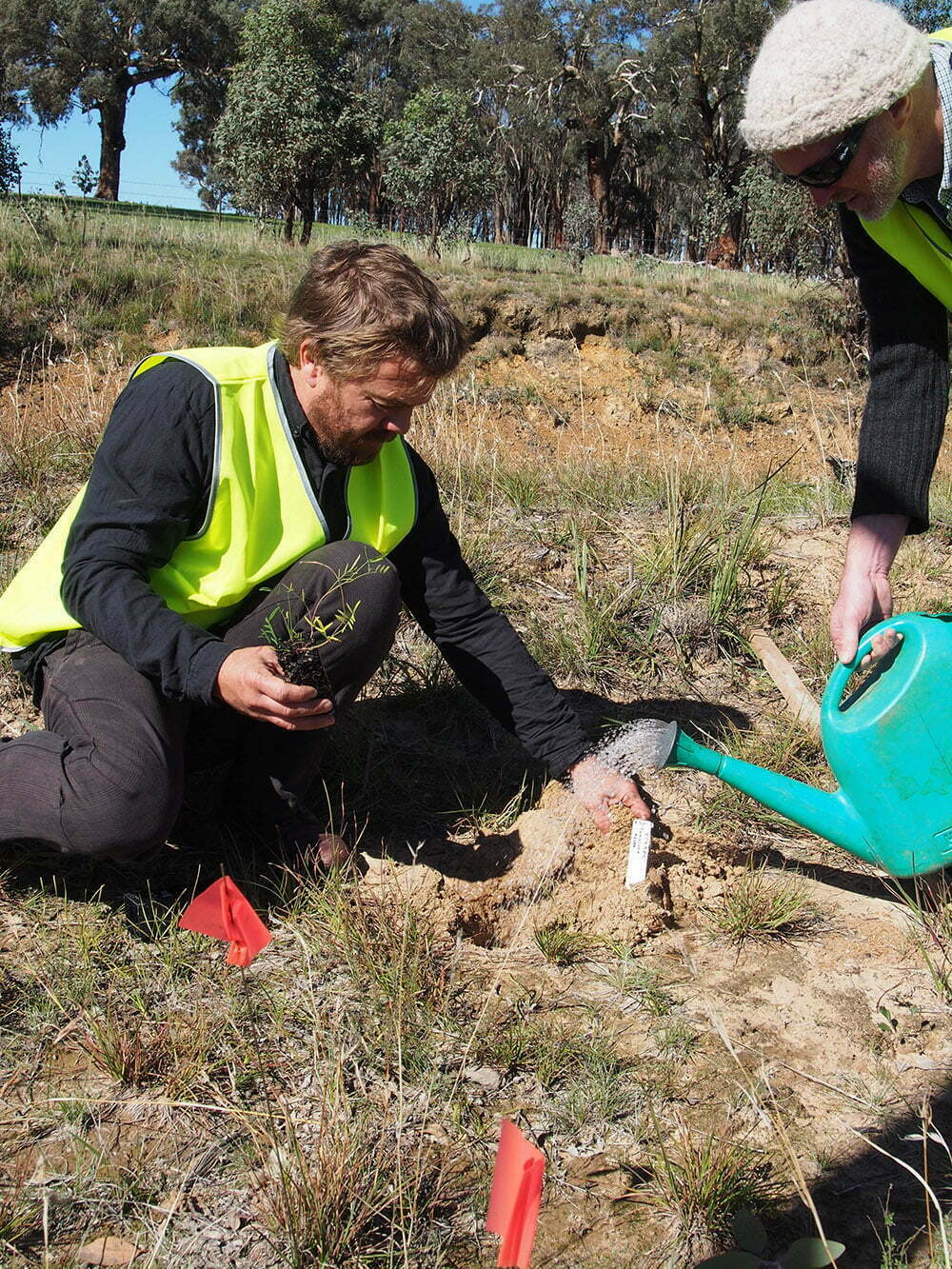
David plus a volunteer translocating Mandurama Swainsona recta., NSW
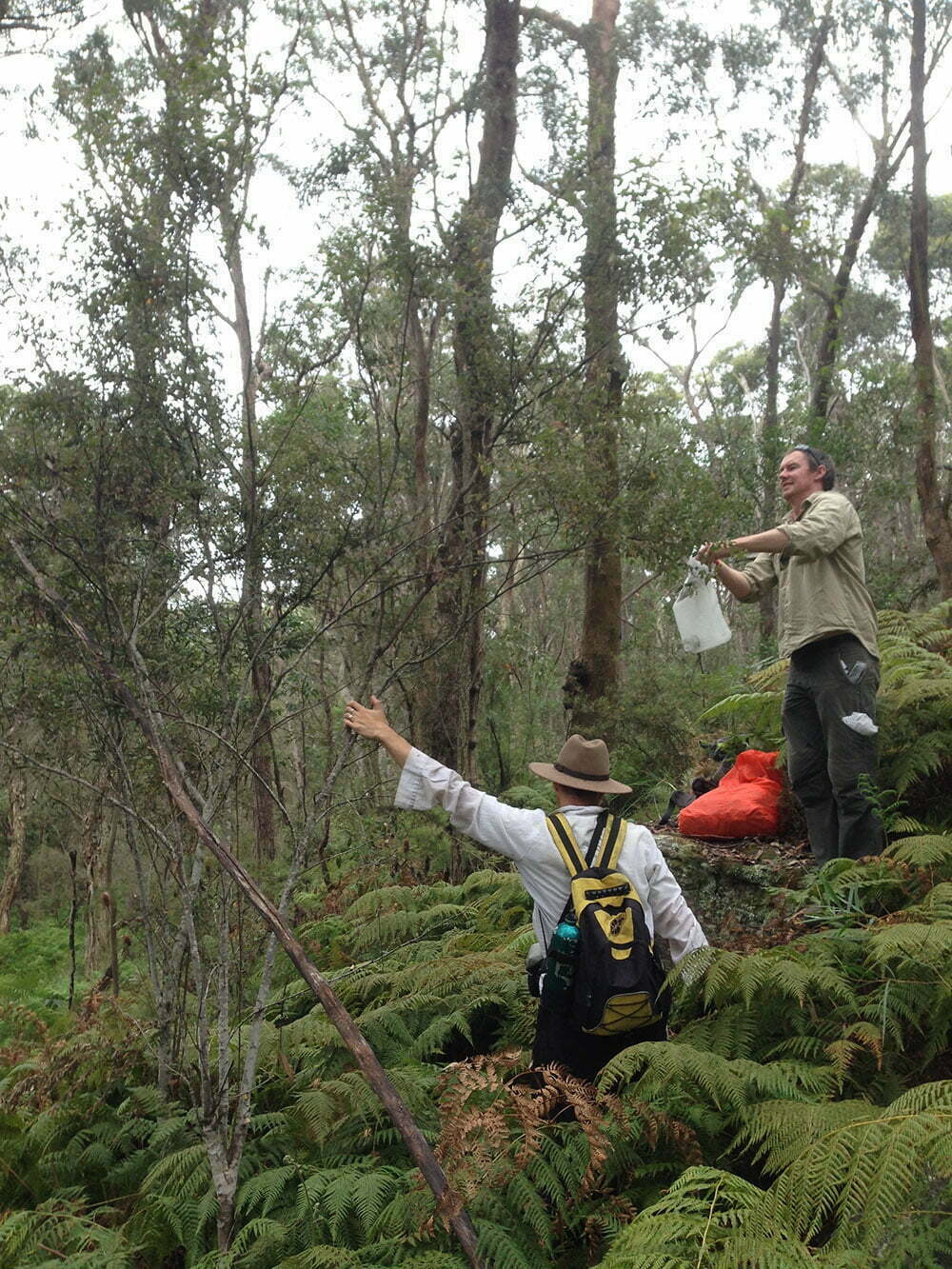
Working together to collect seed on the Pomaderris project.
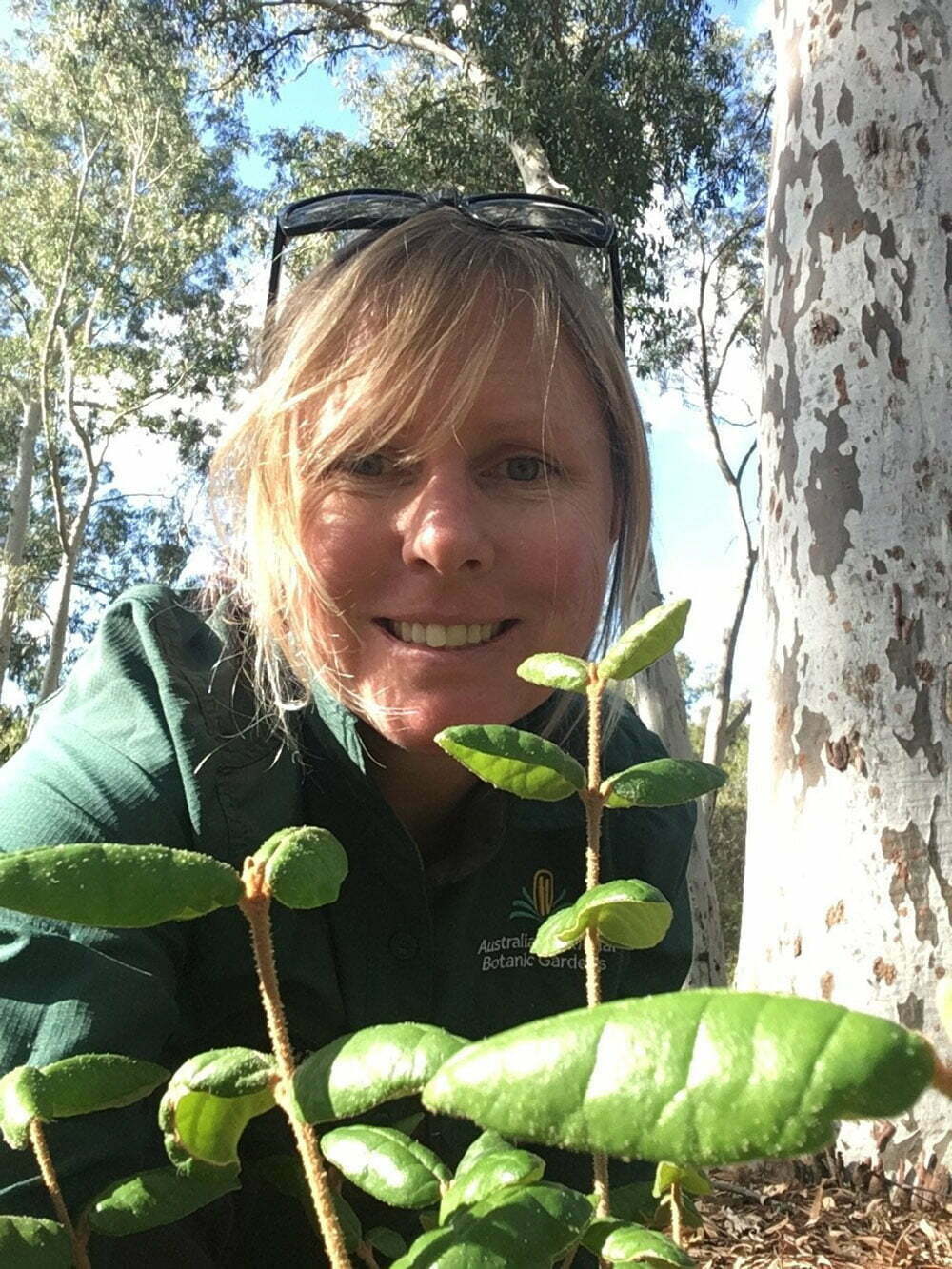
Julie enjoying watching these seeds grow.

Beautiful location to search for seed as part of the Pomaderris project.
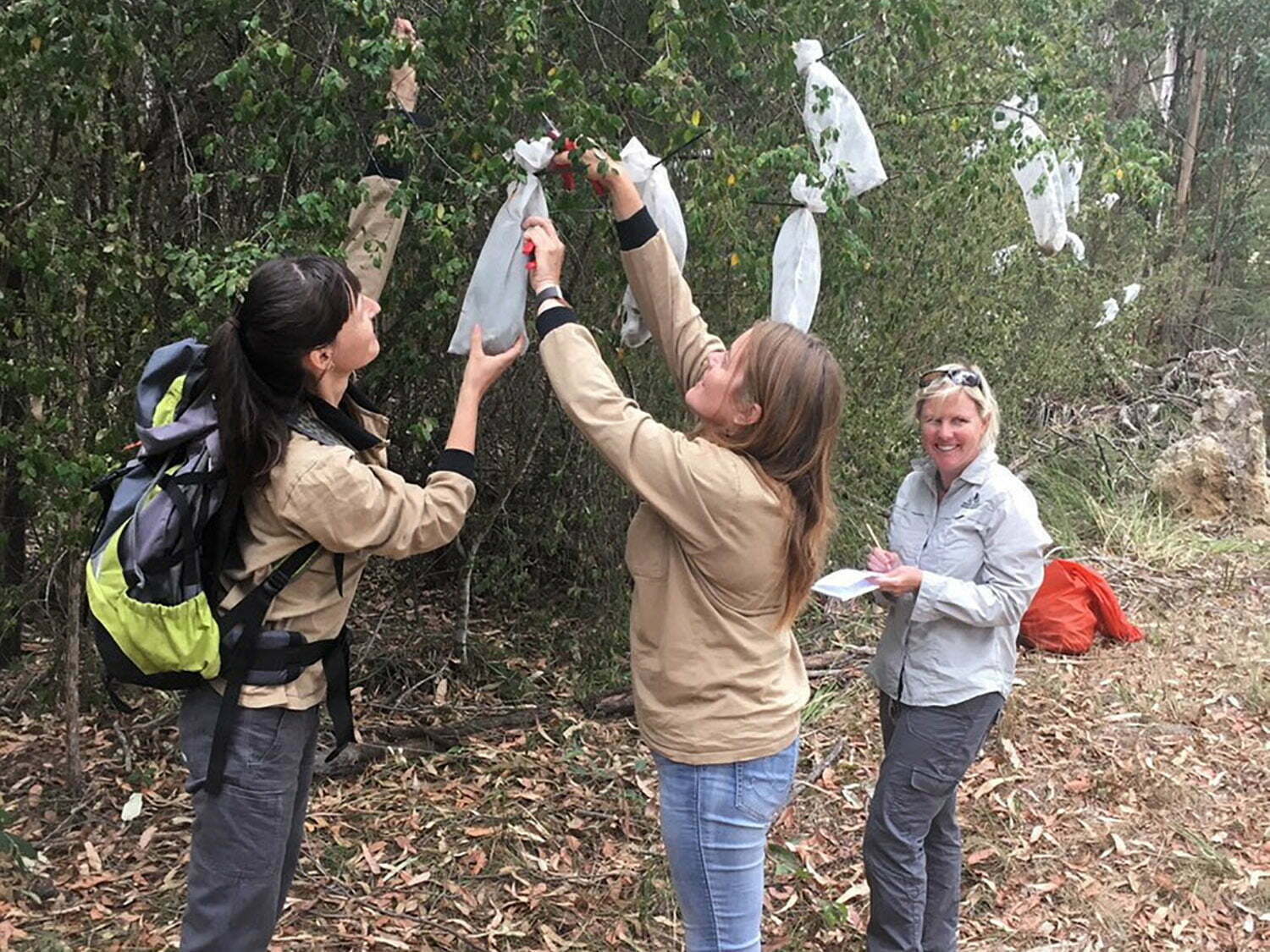
Filling bags with seed, Julie and some friends.
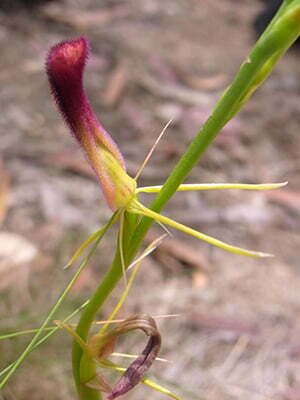
Rivers of Carbon: Threatened Plant Species
Working together with Julie and David from the Australian National Botanic Gardens we have developed a list of threatened plant species that occur within the region covered by the our Rivers of Carbon projects. These species are protected under the Environment Protection and Biodiversity Conservation Act 1999 (EPBC Act), a national scheme of environment and heritage protection, and biodiversity conservation.


